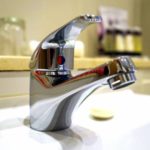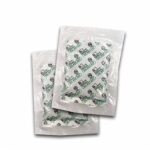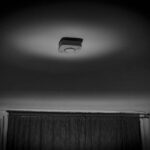Table of Contents
Finding water in your washing machine after it has completed a cycle doesn’t necessarily mean that you have to get a new machine. In fact, there may not even be a need to contact a repair specialist. It simply means that there is a fault with the washing machine’s water pump.
There are three main causes of a bad water pump: faulty filter, burnt-out motor, and a blocked drain. There is a need to confirm and identify the origin of the issue to enable the water pump repair.
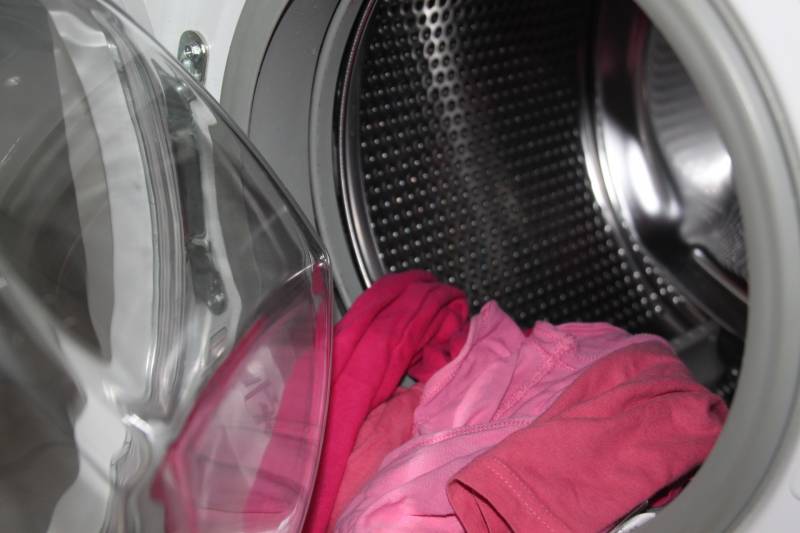
Here are some steps to take to know if your washing machine water pump is bad.
Step 1: Confirm The Status Of The Water Pump Motor
Connect the washing machine to an electrical outlet and switch it on. Start the washing machine and allow the tub to fill up with water. Listen for sounds while the water fills up.
If there is no whirring sound while water pumps into the tub, it could mean that the water pump motor is dead. The next action depends on the model of your washing machine.
For Top-loading Agitators;
- Open the lid of your washer mid-cycle.
- Observe if the inner washer tub is spinning. The inner tub refers to the plastic material with holes at the bottom of the washing machine. It is responsible for draining water when a cycle is complete.
If the inner tub is not spinning but the washing machine is active, the water pump may be dead. Also, suppose the agitator is vibrating or moving, and the inner tub remains motionless. In that case, it is another sign that the pump is faulty.
For Front-loading Washers;
- Pressure seals the lid of front-loaders, so it is impossible and generally not advisable to open the cover. Instead, look through the glass lid and observe the water level.
If the water comes up to the door, it is a sign that the water pump of your washing machine is malfunctioning. Continue to observe as the washer completes its cycle.
If a fraction of water drains, albeit slowly, it means the pump is dying. But if the water completely remains, the pump is dead.
Step 2: Confirm The Possible Reason For The Dead/Faulty Water Pump
As mentioned earlier, the washing machine water pump may develop issues due to the following: faulty filter, burnt-out motor, and a blocked drain.
Cause 1: Filter
Most washing machines have inbuilt filters that remove foreign objects that may disturb the proper functioning of the inner tub’s drainage system. If the filter has issues, the inner tub becomes clogged and starts to drain slowly. Here is how to know if the filter of your washing machine is problematic;
- Locate the filter. For top-loaders, it should be attached to one of the sides of the washer tub. Most front-loaders have filters that can be accessible from the front panel. However, the location differs by model, and you may have to search for the filter in other places.
- Remove/disassemble the filter and observe its contents.
The filter should mainly comprise lint and random pieces of clothing material. If you observe items that may cause damage to the inner tub, you can establish that the problem with your washing machine originated from the filter.
Cause 2: Blocked Drain
The draining system of a washing machine may be clogged with items such as soap residue, grease, oils, and lint. The blockage may lead to complications if it is not addressed immediately.
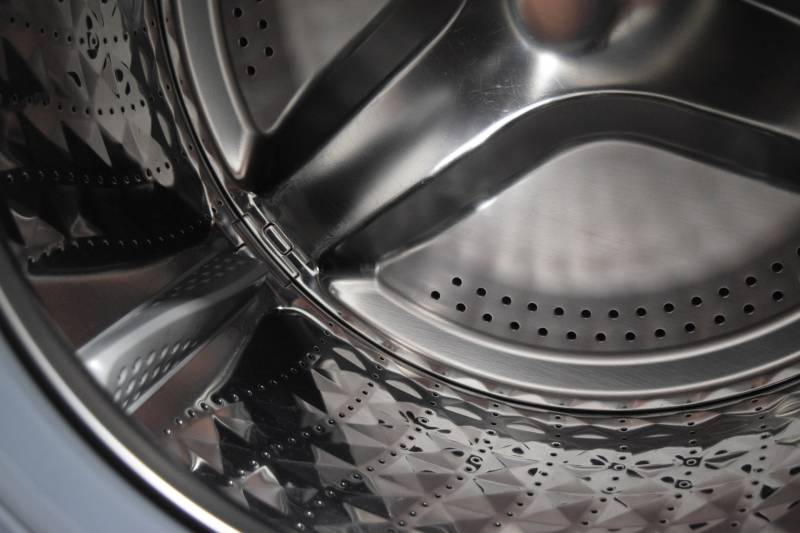
Take the following steps to know if your washing machine drain is the cause of your bad water pump;
- Locate the drain at the back of the washing machine. There are three pipes behind the washing machine, hot water pipe, cold water pipe, and drainage pipe. The drainage pipe is significantly bigger than the other pipes, so it is easy to identify.
- Detach the drainage pipe and run hot water through it. This would flush out the clogged materials.
The materials flushed out of the drainage pipes determine if the drainage pipes caused the faulty water pump. Thick clothing materials and bulky soap residues are possible materials to watch out for.
Cause 3: Burnt Out Motor Of Water Pump
Washing machines are usually equipped with two types of pump, recirculation pump and drainage pump.
If you hear strange noises mid-cycle, then the problem is probably from the recirculation pump. However, if the complications occur during the draining, the issue is with the draining pump.
Both pumps can develop issues if they get congested or burnt out. Perform the following checks to confirm if the water pump of your washing machine is burnt out;
- Locate the screws on the front panel of the washing machine and unscrew with a Philips screwdriver. For top-loaders, remove the entire front panel. For front-loaders, remove the panel underneath the lid.
- Locate the water pump. It should be attached to the bottom of the washing machine and connected to the draining pipe.
- Unscrew clamps holding drainage hose and check for blockages.
- Disconnect the pump from the drive motor by reaching under the water pump and removing the belt from the pump flywheel. The belt is expandable, so you shouldn’t have any problems stretching it. Once removed, attempt to turn the pump flywheel manually. If it doesn’t move freely, a foreign object is stuck in the pump housing, affecting its function. Locate and remove the foreign object(s).
- If the pump flywheel moves freely, insert a finger into the drain outlet and feel for broken impeller(s). The broken pieces of the impeller would probably be at the bottom of the pump housing. Remove the fractured pieces and any other obstructive material you feel.
- Return the pump to its regular position and test for the complete operation of the washing machine.
If you do not detect any issues with the impellers and drainage hose, perform an Ohmmeter test.
The Ohmmeter Test
This test is usually done when there is no visible reason for the malfunction of a washing machine’s water pump. It tests for the flow of electrical currents within the pump and would determine if the pump is still capable of performing its duties.
- Unplug the washing machine from the electrical outlet.
- Calibrate your ohmmeter by connecting the probes.
- Locate the two wires connected to the side of the water pump and remove them from the terminals. Do this gently to avoid the breakage of the wire.
- Connect each ohmmeter probe to a terminal and check the readings.
- A reading between 5-10 implies that the water pump is sound, and the fault lies with the other factors mentioned earlier in the articles. But, a zero or infinity reading means the pump is dead. It would be best to order a replacement and completely change the pump.
Conclusion
The result of your investigation would determine if your washing machine pump is truly bad or not. Once you establish the source of the problem, read up on how to fix it.
Most of the faults are relatively easy to fix with guidance, but if you’re unsure, contact a repair specialist.

